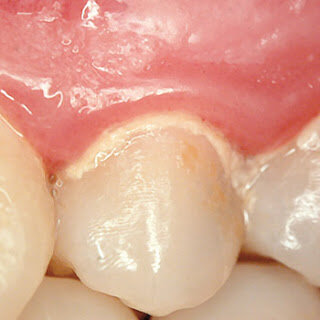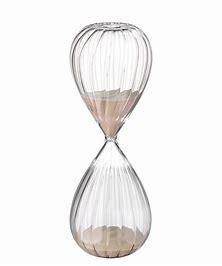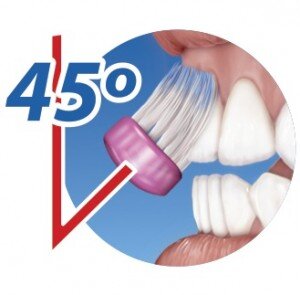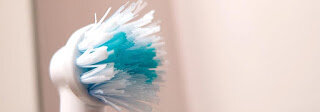'Tooth'brushing
Toothbrushing is something that we all think we are doing right and so so many of us are doing it wrong.
I ask all of my patients about toothbrushing, some people think its absolutely mad that I’m asking them and they actually get a bit offended. This because they think it should be second nature to all of us to be brushing our teeth twice a day every day, and in an ideal world this would make life a lot easier for me. Some people on the other hand just brush their teeth once a day, some people are only brushing every few days, some only once a week eeeeek so I’m here to shed some light on the subject :).
Lets start at the very beginning. We need to brush to remove plaque from the surface of our teeth, gums, tongue and removable devices like clear aligners or dentures. If we don’t clean off this plaque through good toothbrushing and using something to clean in between our teeth this plaque will eventually cause a cavity in our tooth, and or gum problems so we’ve got to get the whole tooth brushing thing down to a fine art and keep it up.
Every single person, man woman and child, should be brushing their teeth twice a day. Once before you go to sleep, and once at another occasion through the day, for most people, that’s usually in the morning.
When you’re brushing your teeth you should be brushing them for 2 minutes. This will be THE LONGEST TWO MINUTES OF YOUR LIFE, you’ll feel like you’ve been brushing for 5 minutes and in fact that’s exactly how long a lot of patients tell me they brush their teeth for. In reality, most people actually only brush their teeth for about 37 seconds. This is exactly why you need to time how long you’re brushing your teeth for with either and electric brush with a timer which we’ll get to in a minute, or with a little egg timer or time it on your phone.
Even if you are brushing twice a day for two minutes each time you could still be doing better with your brushing. Most of the areas I see people miss the most often when they are brushing are right at the gum line, where the pink bit of your gum meets your tooth, and the areas closer to your palate or closer to your tongue. To avoid this I’ve got two secret tips:
Angle the toothbrush at 45 degrees down towards or up towards your gums.
Divide your mouth into 4 sections and spend 30 seconds on each section. Ten seconds on the areas closer to your cheeks, ten seconds on the areas you bite on and ten seconds on the areas closer to your tongue or palate.
If you do this every time you brush its pretty likely that you’ll do a pretty excellent job with your toothbrushing.
The tricky thing with toothbrushing is that its not really just about ‘tooth’ brushing. You do need to brush your gums, but you need to brush them gently. So many of my patients tell me they want to avoid this area because they don’t want to cause tooth recession. But, when patients avoid this area they end up with cavities at their gum line or gum problems. You definitely don’t want to brush this area too hard either, feather light pressure is all that you need, a soft toothbrush head will help you avoid brushing too hard. If you’re worried about over brushing you can read more about it in my blog post here.
You also need to brush your tongue, and if you’re wearing dentures you need to brush them too, everyday.
The big debate with then comes round to manual toothbrushing or electric toothbrushing. I brush with both, but generally I feel my teeth are cleaner when I use an electric toothbrush. At the moment I’m using an Oral B Genius 9000 * but to be honest these days its pretty hard to get a bad electric toothbrush. My other favourites are Curaprox Hydrosonic * electric toothbrush and the Phillips Sonicare Diamond Clean * electric toothbrush. The main things I would look for with an electric toothbrush would be a pressure sensor to help prevent you brushing too hard and a timer to make sure you’re brushing your teeth for long enough to give you bit of an airbag if you forget the secret tips from above. Also, with an electric toothbrush, the technique is totally different to manual brushing, you need to let the toothbrush do the work for you, after all, that’s what we’re paying all the big money for! All you really need to worry about is the position and the angle of the electric toothbrush, I’ll leave a little video above.
If you’re not in the market for an electric toothbrush or they’re not your bag, my favourite manual toothbrush is the Curaprox 5460 Ultra Soft * manual toothbrush. I have loved these brushes for years and you can find out just how much I love them in my blog post here. If you’re using a manual toothbrush you do need gently massage the gums as you’re brushing but gently gently gently and that’s why if you’re using a manual brush it has to be a soft one. Check out this little video if you would like to check how your manual toothbrushing technique measures up. The only thing a toothbrush will remove is plaque, not stain and not tartar, if you find you are getting a build up the only thing for it is to visit your Dental Hygienist (hi).
So hopefully this has helped a little with the big brushing debate, remember toothbrushing will only clean about 60% of your tooth’s surface so make sure you’ve got something for cleaning in between your teeth as part of your oral hygiene routine too. You can read a bit more about interdental cleaning in my blog post here. Thanks so much for reading <3, any questions please send me a message or comment below. Also remember to change your toothbrush or toothbrush every 3 months so the bristles are cleaning where they should be cleaning.










